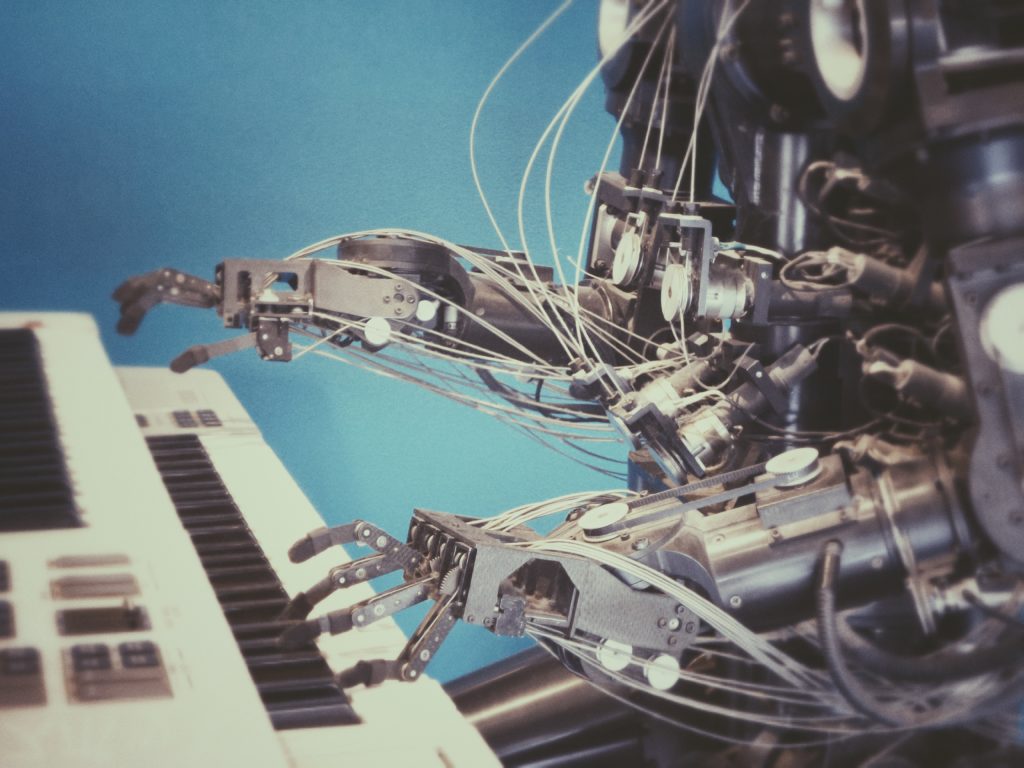The definition of machine learning is “A computer program is said to learn from experience E with respect to some task T and some performance measure P, if its performance on T, as measured by P, improves with experience E. In other words, machine learning is the study in which machines are given a task and are supposed to show an improvement on doing the task over time, usually from past experiences.
Machine learning has a very high potential, since if a computer can learn as fast and as much as a human can, and have the capability of staying operational for 24 hours a day and 7 days a week, they can offer a better replacement than humans at some jobs. Currently, machine learning is used to devise complex models and algorithms that lend themselves to prediction, also known as prediction analysis. Put simply, this means that machines are currently creating analytical models that have predictions for the future based on past results.
It is true that machine learning can create other predictions too, in addition to analytical ones. However, the complexity needed to run programs can vary, which is why machine learning is still uncommon. Since there is a highly complex nature of many real-world problems, it is impossible to create one program that will answer all questions. Though this is true, some questions such as “Is this cancer?” is a viable machine learning question since cancer is only one topic and the machine learning only has to identify the symptoms that are associated with cancer.
Machine learning implementations are divided into four categories depending on the signal or response available to a learning system. The first learning system is supervised learning, which is when an algorithm learns from example data and associated target responses that can consist of numeric values or string labels. This is similar to human learning under the supervision of a teacher. The second learning system is unsupervised learning, which is when an algorithm learns from plain examples without any associated response. The third is reinforcement learning, which is when positive or negative feedback is given to the algorithm in response to it learning from examples that lack labels. The fourth is semi-supervised learning, which is when an incomplete training signal is given when an incomplete training signal is given with some of the target outputs missing.
Credit: https://www.geeksforgeeks.org/introduction-machine-learning/
